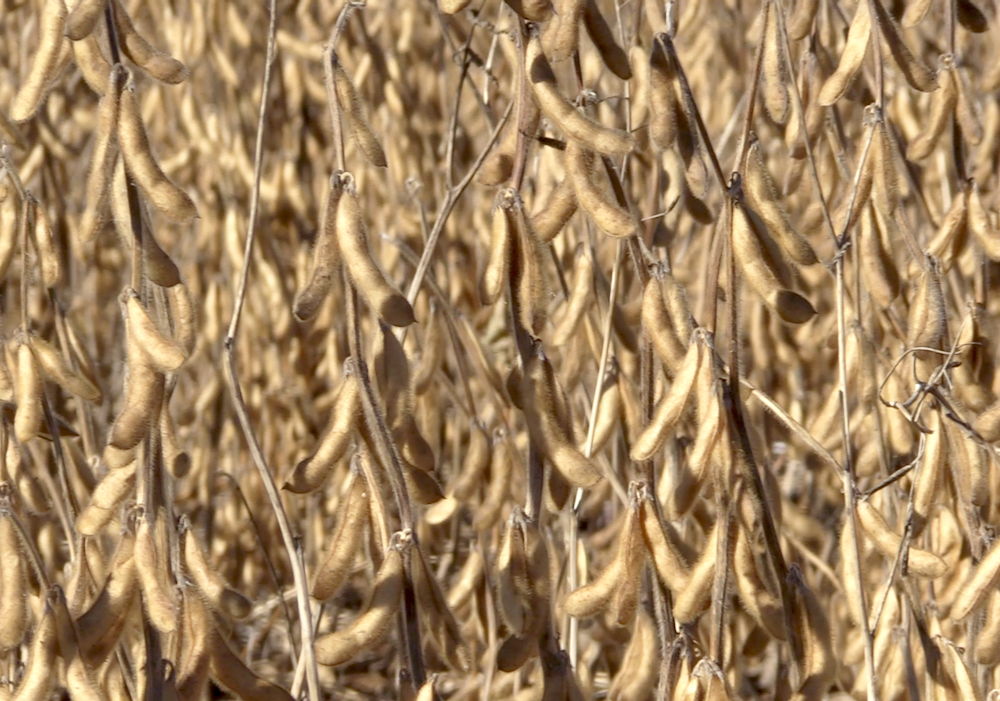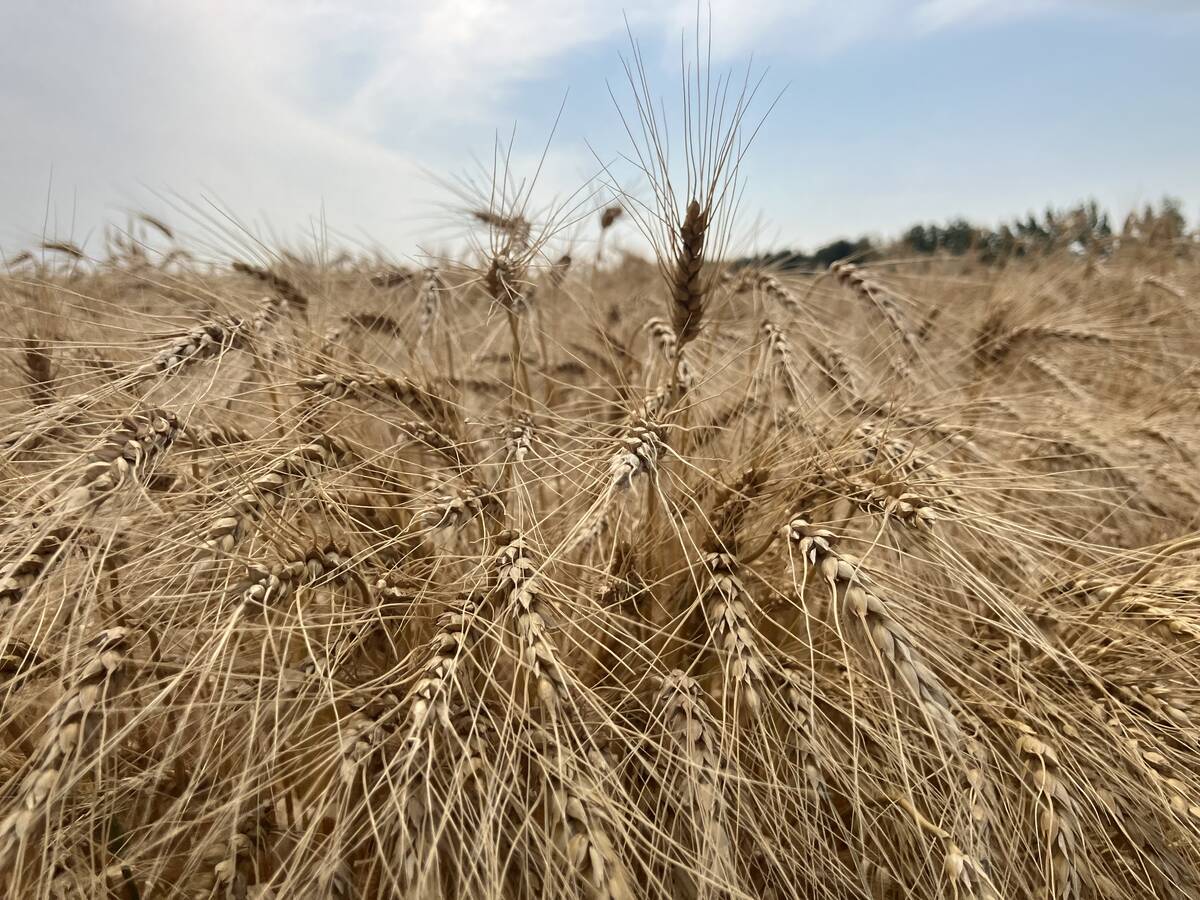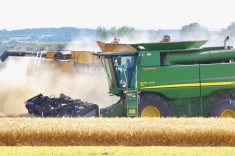Reuters — Analysts have raised their estimates for Australia’s wheat harvest, a Reuters poll showed, as better-than-expected yields in western cropping regions boosted the production outlook despite losses caused by dry conditions in parts of the south.
Why it matters: Australia is a major competitor with Canada into Asian markets, with larger Australian crops potentially cutting into demand for Canadian supplies.
With harvesting underway and due to run until January, five analysts lifted their estimates by an average of half a million tonnes since late last month.
Read Also

China imports no U.S. soybeans in September for first time in seven years
China imported no soybeans from the U.S. in September, the first time since November 2018 that shipments fell to zero, while South American shipments surged from a year earlier, as buyers shunned American cargoes during the ongoing trade dispute between the world’s two largest economies.
The median of their estimates was for Australia to produce 35.7 million tonnes of wheat, which would be the third-biggest harvest on record.
Large Australian production will add to abundant global wheat supply that has pushed benchmark Chicago prices to five-year lows.
Australia is one of the world’s biggest exporters of wheat as well as barley, canola and other crops.
Analysts also raised estimates for Australia’s barley harvest by an average of around 400,000 tonnes. Their canola numbers were little changed.
The median forecasts were for a 15 million-tonne barley crop, the largest ever, and a 6.5 million-tonne canola crop.
Last year, Australia harvested 34.1 million tonnes of wheat, 13.3 million tonnes of barley and 6.4 million tonnes of canola.
Soil moisture has generally been good or very good through the growing season in much of Western Australia, northern New South Wales and Queensland, but deficient in parts of South Australia, Victoria and southern New South Wales.
Farmers in some southern regions decided in recent weeks to cut crops for fodder, especially after forecast rainfall failed to materialise.
“I’ve trimmed a bit off my wheat numbers for Victoria and parts of South Australia, where there’s been cutting for hay,” said Rod Baker, an analyst at Bendigo Agribusiness Insights.
“But what I’ve taken from there, Western Australia has made up for.”
The Grain Industry Association of Western Australia last week raised its forecast for wheat production in the state by nearly one million tonnes.
— Reporting by Peter Hobson















